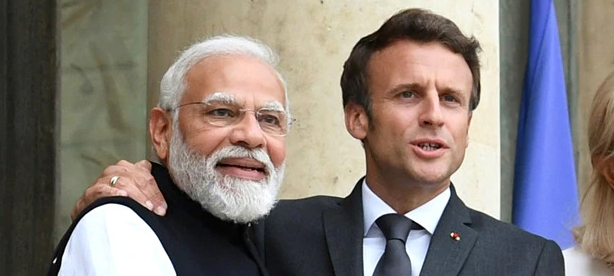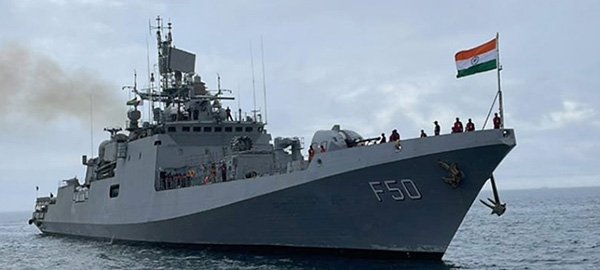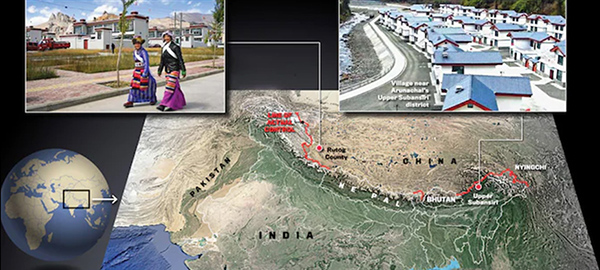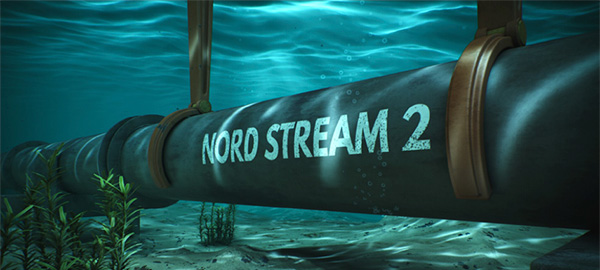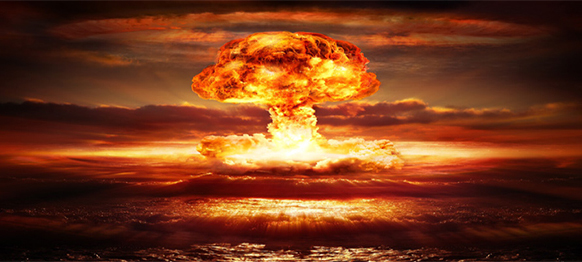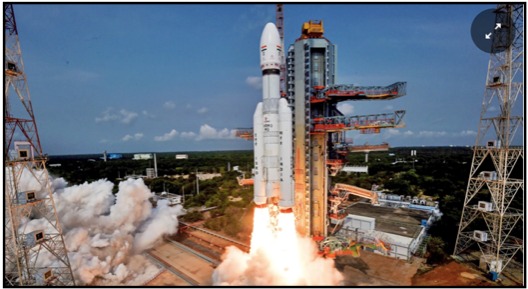The geo-strategic situation around the world is in flux, specially after the out break of pandemic in 2019. There are number of hot spots and its seems that world is at war. China hegemonic behaviour coupled with flexing of military muscles, be at LAC (Line of Actual Control) with India, agressive posturing in Indo-Pacific and United States direct confrontation over spy balloon incidents over the American skies are some of the significant developments which not only turn into a second cold war scenario but also has the potential of direct conflit between them.
As per United State top military commander another war is in the making. It can happen as early as 2025. The US and its allies are preparing to go to war with China. The top general has issued the orders. He has asked his commanders to get ready for combat.

General Mike Minihan says, Xi Jing Ping has secured his third term and set his war council in October 2022. Taiwan’s presidential election is in 2024 and will offer Xi Jing Ping a reason. US president elections are in 2024 and will offer Xi a distracted America. Xi’s team, reason and opportunities are all aligned for an offensive by China by 2025. However, the Pentagon, US USA CHINA department of defence dosen’t agree with his views.
Last year, when a journalist asked Joe Biden, “You didn’t want to get involved in the Ukraine conflict militarily for obvious reasons. Are you willing to get involved militarily to defend Taiwan if it comes to that?”, Biden replied, “Yes”. “That’s the commitment we made”. Again, US administration quickly clarified that the policy on Taiwan of “Strategic Ambiguity” has not changed.
Let’s understand what is Strategic Ambiguity of United States
The United States-Taiwan Relation Act 1979, lays down the American policy on Taiwan, which is called “Strategic Ambiguity” as it is designed to dissuade Taiwan from a unilateral declaration of independence and dissuade the People’s Republic of China (PRC) from unilaterally unifying Taiwan with the PRC. The act also states that “United States will make available to Taiwan such defence articles and defence services in such quantity as may be necessary to enable Taiwan to maintain a sufficient self defence capabilities”
However, Amarica is also commited for one China policy. For Amarica it is not only about Taiwan existence but for larger strategic vision. It is more to check, deter and contain China’s hegemonic ambitions in Indo-Pacific and around Taiwan Strait. Any confict in Indo-Pacific would be for larger strategic aim and will have larger and different strategic connotations.
US has about 200 military bases around the globe. It is expanding its military bases in Indo-Pacific and is preparing for all scenarios.
There are reports that at Andersen Military Base, located primarily within the village of Yigo in the United States territory of Guam, at Camp Blaz, US Miliatry will be holding additional 5000 US marines after relocating from other parts of the glob
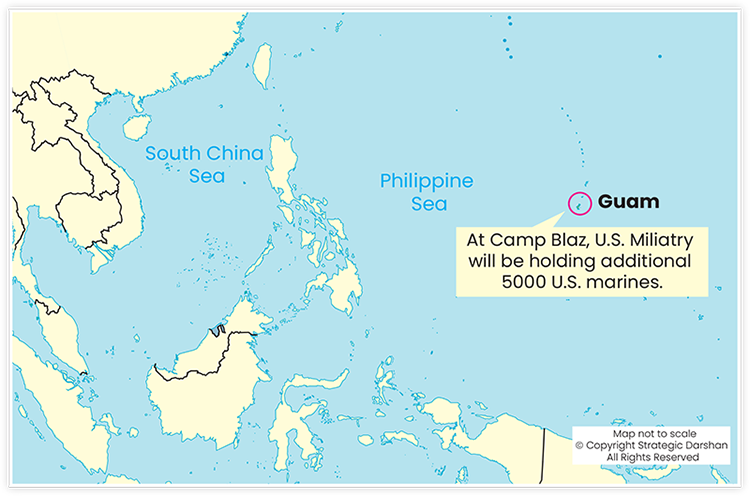
US military is also in process of establishing new access to key Philippines base at Luzon, which can be used to mount operations in Taiwan Strait and South China Sea. They are in process of identifying four new military bases for checking China hagemonic behaviour in South China Sea.
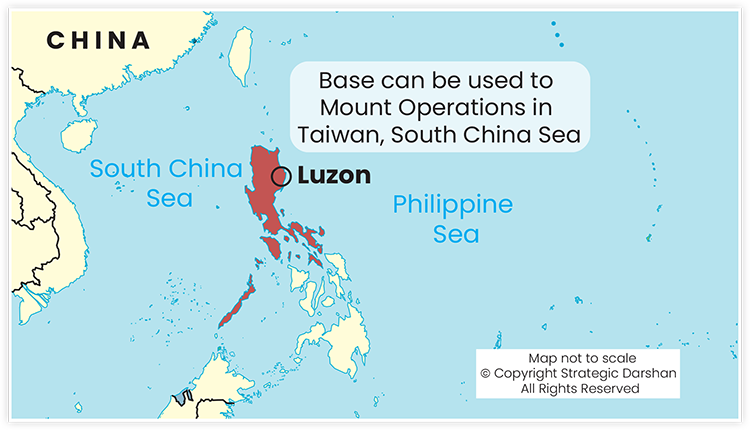
US marine units are also being dispersed throughout Japan’s Okinawa Island by 2026, armed with missiles and lighter gear to deter China. Japan’s decision to sharply boost its defence spending by sixty percent and alter its pacifist posture are some of paradigm and qualitative shifts which the world is witnessing.
In addition to this, it was announced that the US would by 2025, station a US Marine littoral regiment in Okinawa, equipped with anti-ship missiles to defend the southwest islands of Japan that stretch to the proximity of Taiwan. And this is just the beginning; in future we could possibly see Japan joining the core US intelligence alliance ’Five Eyes’ and emerging as a major player in the military export business.
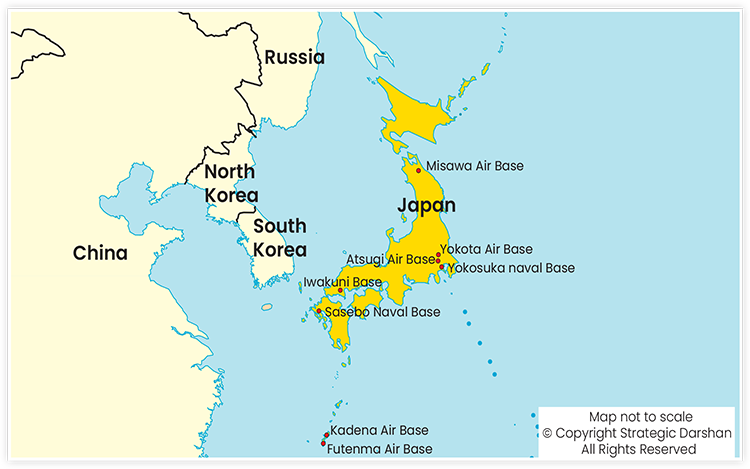
US sub-unified command of Indo-Pacific in South Korea is being further reinforced with strategic assets. South Korea has asked the United States to step up deployment of strategic assets, which include aircraft carriers, nuclear submarines, and long-range bombers like the B-1B, which are nuclear tipped.

QUAD (United States of America, India, Japan, Australia) has been formed and has taken shape. It is not a security alliance yet but having greater geo-strategic vision.
NATO (A group of 30 Westen Countries) is also reaching out to Asian nations in a bid to make a new Asian NATO alliance and getting actively envolved in Indo-Pacific.
The AUKUS (Australia, United Kindom, United States of America) a trilateral security pact to built nuclear submarines for Australia, has now emerging as major security alliance in Indo-Pacific to counter China militarily. It wants to expand its wings to include India and Japan. So far India has resisted and have not joined any military alliances against China or any other nation. India believes that military grouping and alliances is a western concept and India should not get tied up in such grouping. It advocates the concept of “Strategic Autonomy” and deepening its ties with all its strategic partners

